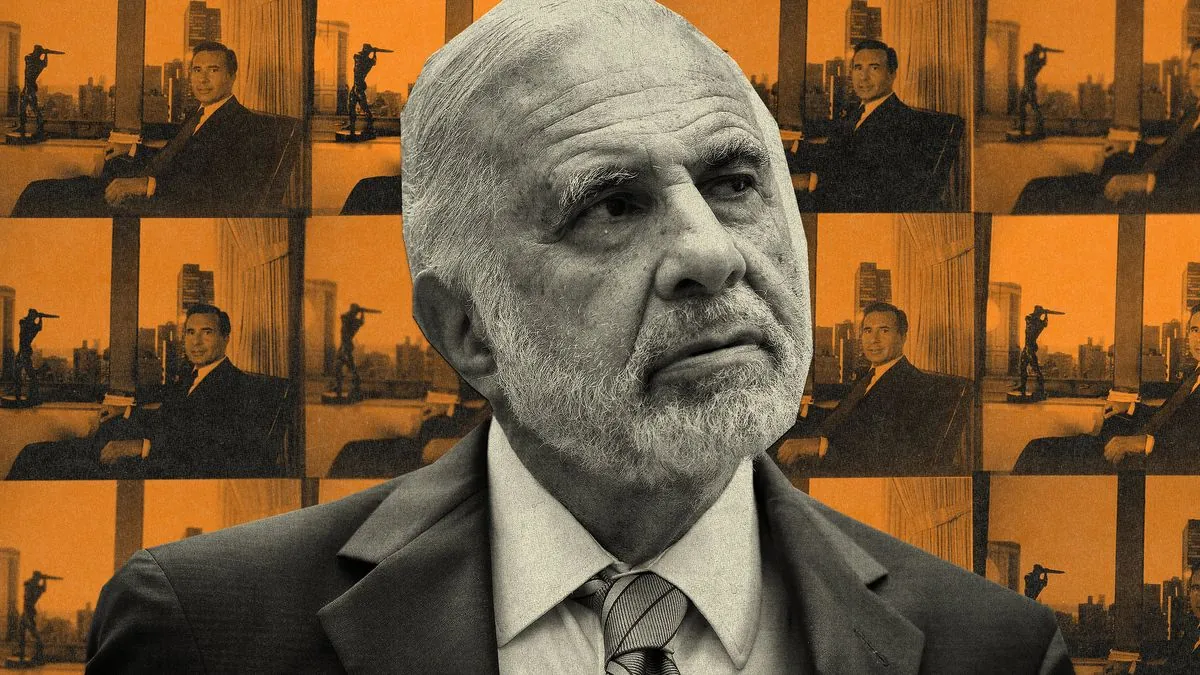Corporate Restructuring in Film: From "Pretty Woman" to Modern Bankruptcy Law
Explore how Hollywood's portrayal of corporate raiders in films like "Pretty Woman" contrasts with real-world bankruptcy law evolution, highlighting the ongoing tension between profit and social responsibility.

Julia Roberts and Richard Gere captivated audiences in the 1990 romantic comedy "Pretty Woman," which grossed over $463 million worldwide. While the film is primarily remembered for its Cinderella-like story, it also delves into the world of corporate restructuring, a theme that resonated with Hollywood in the late 20th century.
The film portrays Gere's character, Edward Lewis, as a corporate raider who initially plans to dismantle a struggling shipbuilding company. This depiction aligns with other films of the era, such as "Wall Street" (1987) and "Other People's Money" (1991), which explored the moral implications of corporate takeovers and restructuring.
These cinematic portrayals often cast corporate raiders in a negative light, contrasting sharply with the economic philosophy of Milton Friedman. Friedman, who won the Nobel Prize in Economics in 1976, argued that a business's sole responsibility was to increase profits for shareholders, a view that gained traction in the 1980s and 1990s.
In reality, the landscape of corporate restructuring has evolved significantly since the release of "Pretty Woman." The Bankruptcy Code of 1978, the first major reform of U.S. bankruptcy law in 40 years, laid the groundwork for modern restructuring practices. Subsequently, the use of competitive auctions in bankruptcy proceedings has become increasingly common, particularly through "363 sales" named after a section of the Bankruptcy Code.
These auctions allow buyers to purchase assets "free and clear" of existing liabilities, a concept that has significant implications for employees and unions. The Supreme Court's 1984 decision in NLRB v. Bildisco & Bildisco allowed companies to reject collective bargaining agreements in bankruptcy, further complicating the relationship between distressed companies and their workforce.
Recent legal developments have sought to balance the interests of asset buyers and employees. In a notable case, In re CCX, Inc., a Delaware district court ruled that a buyer who continued to employ the majority of unionized workers post-acquisition could not simply ignore existing labor agreements. This decision highlights the ongoing tension between profit maximization and stakeholder interests in bankruptcy proceedings.

The evolution of bankruptcy law reflects a complex interplay between economic theories, legal frameworks, and societal expectations. While Hollywood often portrays corporate raiders as villains who disregard social responsibilities, the reality is more nuanced. Modern restructuring professionals must navigate a complex landscape of regulations, including the Worker Adjustment and Retraining Notification (WARN) Act and various labor laws.
As bankruptcy practices continue to evolve, the tension between Friedman's profit-focused doctrine and broader stakeholder interests remains a central issue. The increasing use of "363 sales" and other restructuring strategies demonstrates the ongoing challenge of balancing economic efficiency with social responsibility in the corporate world.
In conclusion, while "Pretty Woman" may have simplified the moral dilemmas of corporate restructuring for cinematic effect, the real-world evolution of bankruptcy law reveals a more complex and nuanced approach to addressing the needs of distressed companies and their stakeholders.


































